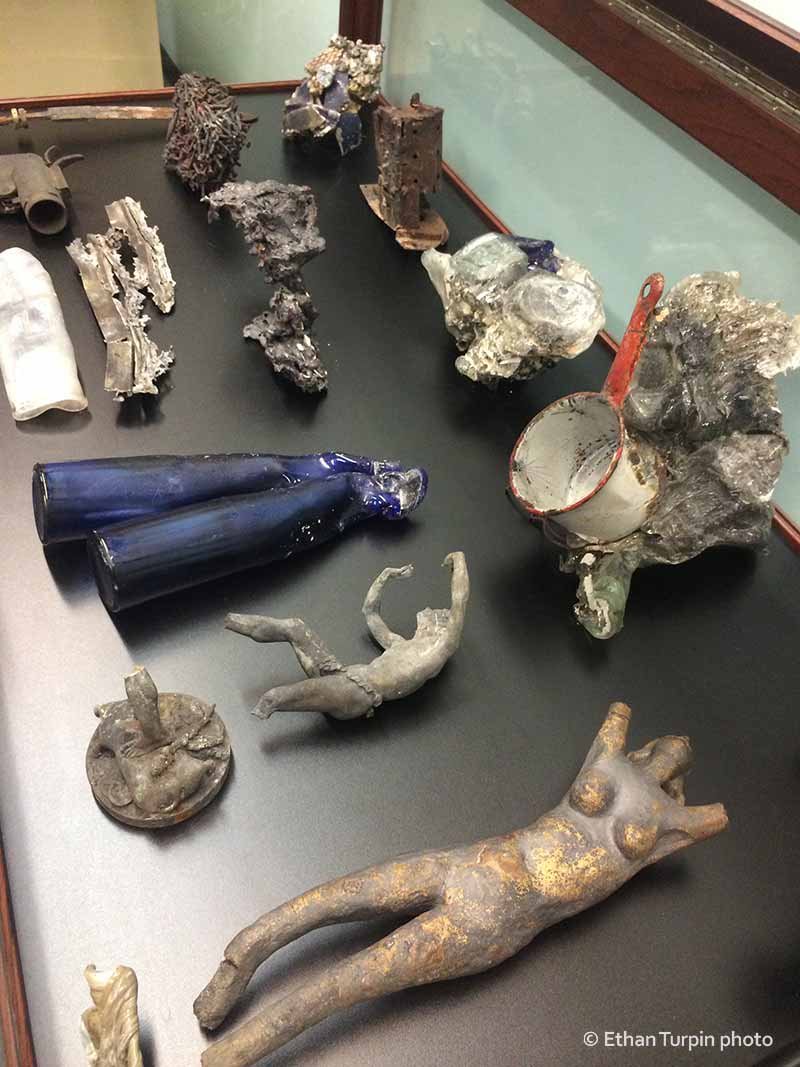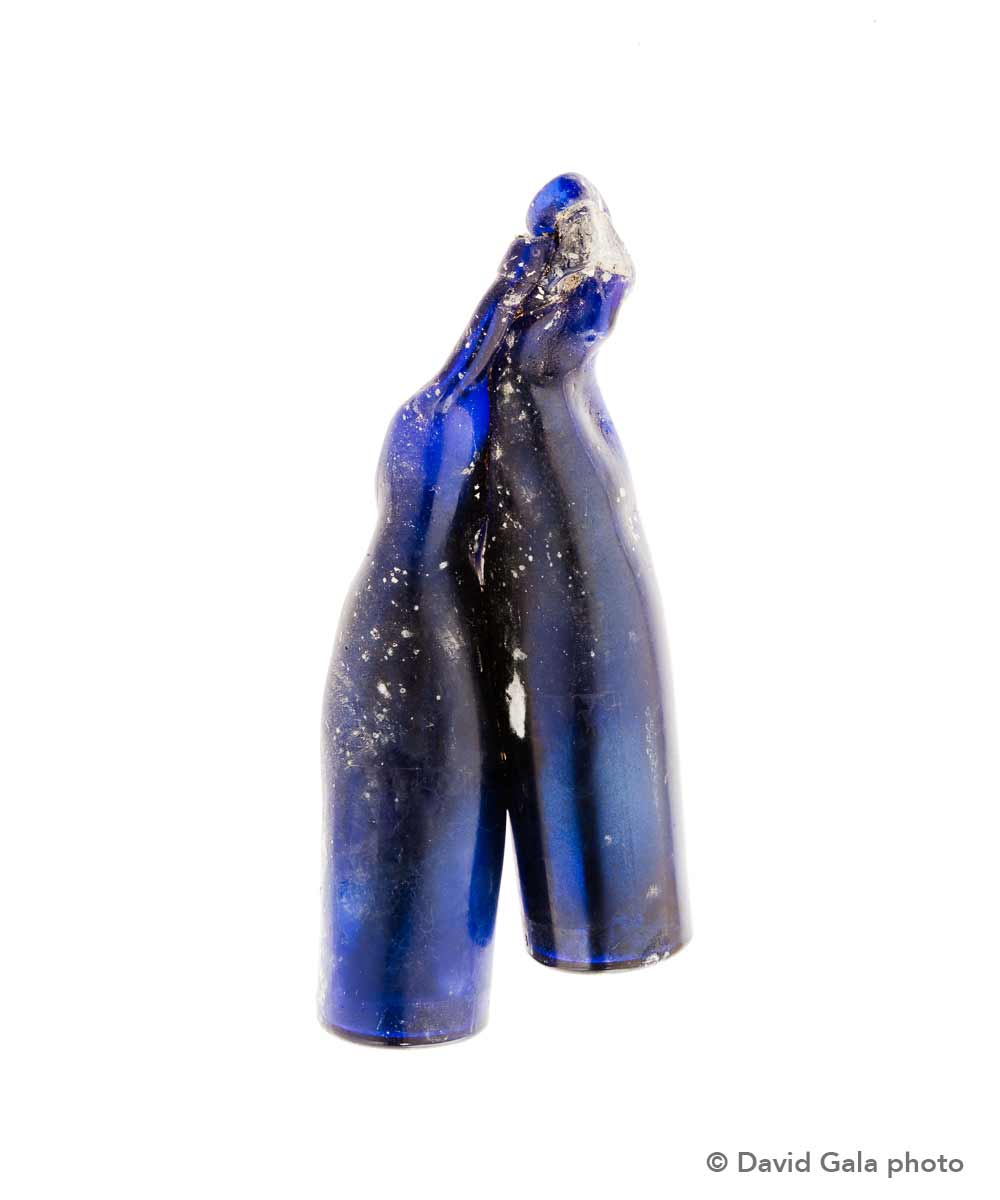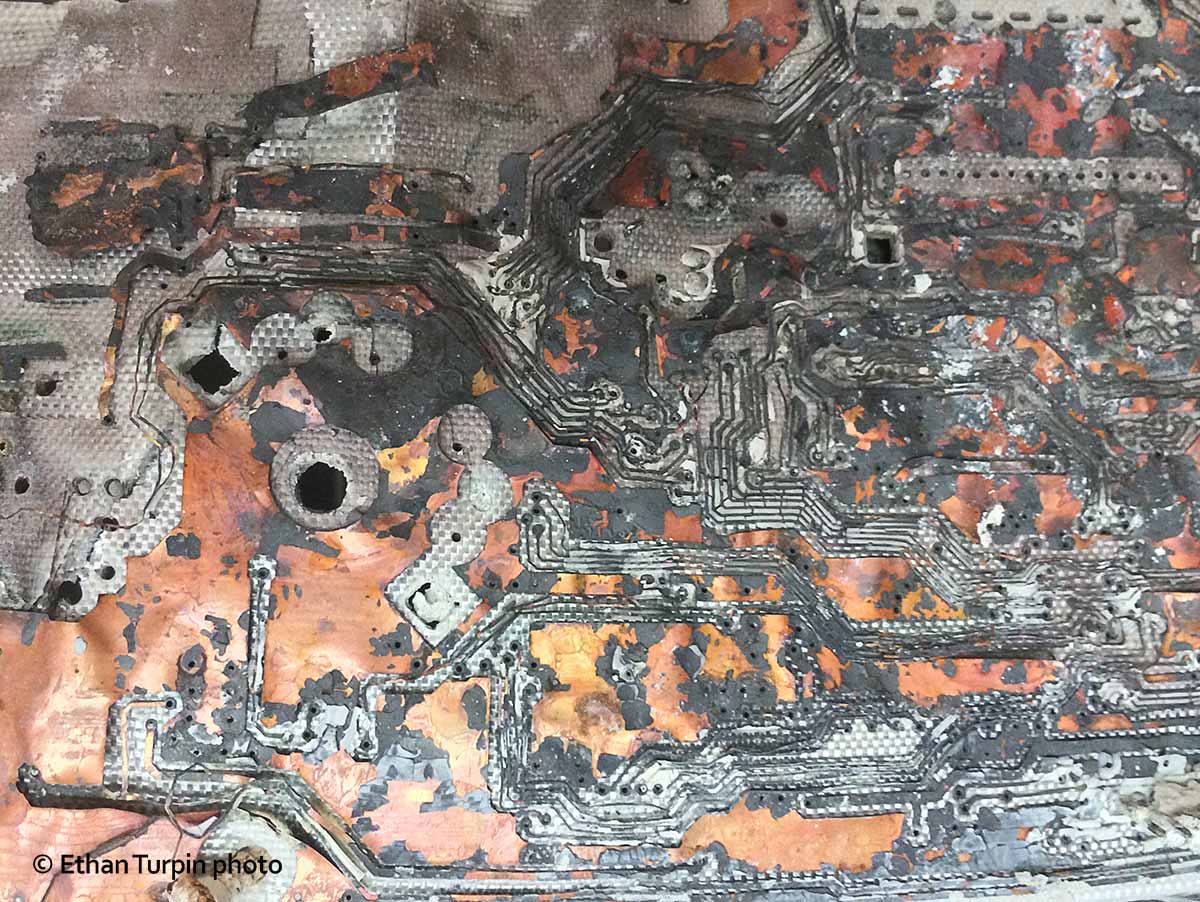










We can learn a great deal about fire from its imprints. From the impacts on individual lives to the hard data it leaves behind, fire’s stories are told in a variety of ways. In “Burn Cycle: Sharing Land with Wildfire”, 50 years of Santa Barbara fires were seen through their physical remnants, press documents, and data visualizations. The exhibit was produced and curated by Ethan Turpin for the UCSB Library with participation from researchers, reporters, and community members.

David Gala and Alicia D'Anna lost their home in Santa Barbara's Tea Fire, leaving with only a moment's warning and a few minutes to spare. David collected burnt objects from the ruins of his and his neighbor's homes. He meticulously photographed, cataloged, and housed these artifacts, representing fire's transformative force on human lives.

Data animations, news video, climate mapping, and found possessions were seen alongside each other in the first Burn Cycle exhibit. Visual information giving broad perspective at global and mountain scale was made personal in the context of intimate household objects, like a toaster and melted glassware.

Aerial photographs, commissioned primarily for real estate assessments, provided a view of the Tea Fire's geographic impact on neighborhoods and riparian areas of Santa Barbara and Montecito, California.

A staircase helped create a photographic experience of aerial firefighting and helped to personalize conversations about fire management.
Air tanker image by Eric Isaacs